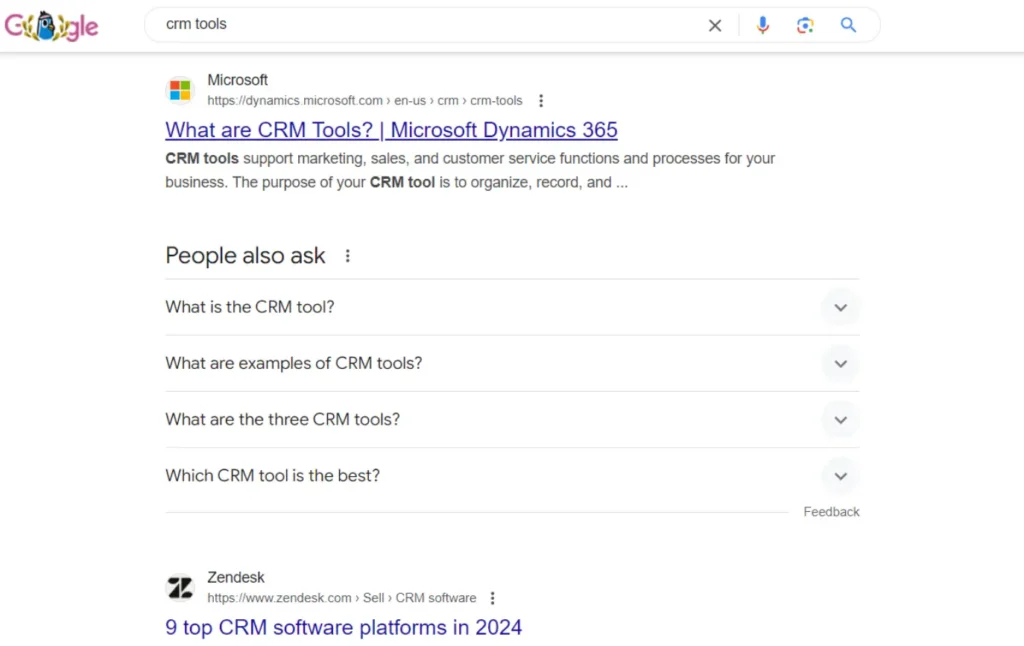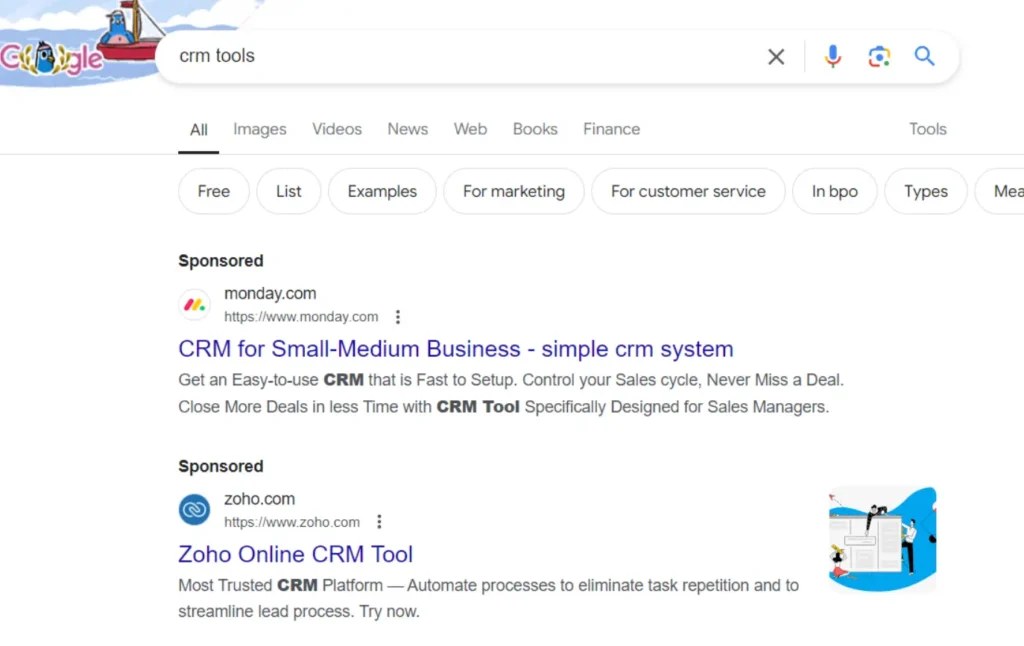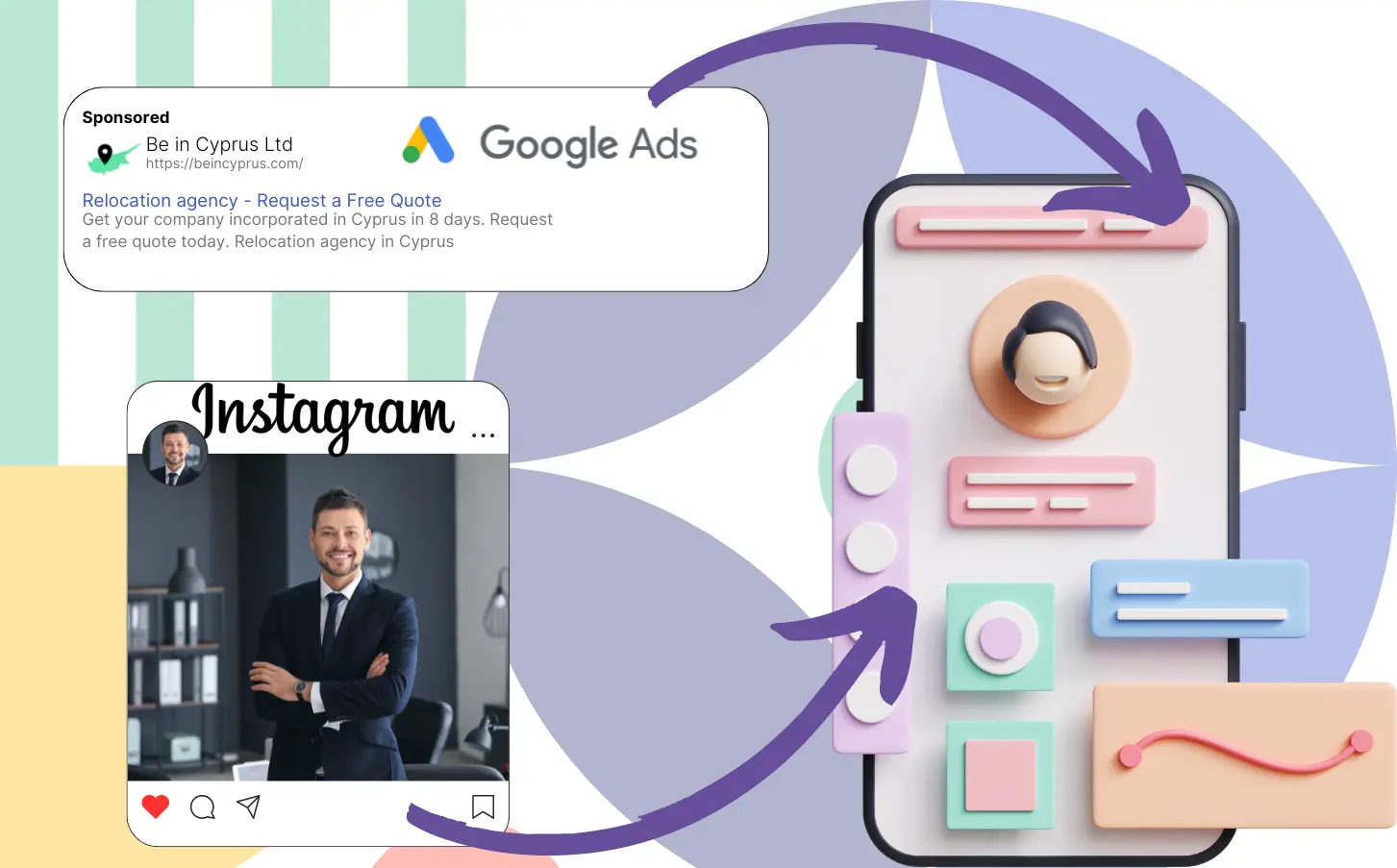Are you in the B2B industry? You probably face the same issue as 83% of B2B marketers who are challenged with sourcing B2B leads.
Finding and converting B2B leads into paid customers is the fuel of any B2B company.
Why? Because customers churn. They close a deal with you, remain clients for a while (as long as possible), and then churn.
If your churn rate is higher than your customer acquisition rate, your business shrinks.
Hence the need to consistently generate new B2B leads, while allocating your budget to the successful B2B lead sources using a lead source tracking tool.
In my 10 years of experience in the B2B industry, I’ve tried all the possible B2B lead sources. I thought it would be helpful to share my 4 best B2B lead sources.
Expected takeaway: by the end of this guide you should be able to have an initial idea of what B2B lead source is the best fit for your business.
Extra tip: We will also cover how to track the source of your leads using Leadsources
Let’s dive in 👇
Organic search as a B2B lead source
Organic search is any search that happens from a search engine: Google, Bing, Yandex, … Basically Google!
This B2B lead source is called “Organic” because you do not pay Google to appear on their search engine (as opposed to Paid search which we will cover later).
Your potential customers search on Google, and your website appears at the top of Google’s search results. They click on your site and get in touch with you.

Organic Search is a particularly interesting B2B lead sources since 68% of online experiences begin with a search engine. (Source)
To rank naturally on Google, you need to get familiar with SEO (Search Engine Optimization). SEO is the action you take to naturally rank your pages on Google.
👉SEO is made of 3 main pilars:
- Technical SEO: optimizing the technical and structural aspects of your website
- Content: Optimizing the content written on your site
- Link building: Ensuring other sites are talking about you (and publishing your link on their website). You can consider hiring a link-building agency like ContentLinkify to build quality links for you.
SEO usually takes 3 to 6 months to start showing results. If you are consistent, it may become your most profitable B2B lead source since the ROI of your SEO efforts can be as high as 12.2 times the marketing spend.
Google’s traffic is targeted 🎯
Organic search traffic tends to have a higher conversion rate than other B2B lead sources. This is because your visitors have already expressed an interest by searching on Google.
Organic Search is also more profitable than other lead sources. It often requires an initial investment to bring your web pages to top positions on Google. But once done, the maintenance costs are quite low compared to the revenue it generates.
Paid Search
We stay in the universe of Google. With Paid Search, you can rank on Google by paying to appear in the “sponsored” section. You simply need to create a campaign on Google Ads.

The advantages of using Paid Search are multiple 👇
1️⃣ You can get leads immediately.
Unlike Organic Search that might take months to generate B2B leads, with Paid Search, you rank immediately at the top of Google search results. People click on your ad, land on your page, and contact you.
2️⃣ This is a great way to test a new service.
You get immediate data on the conversion rate of your B2B leads:
- Visit-to-lead conversion rate
- Lead-to-customer conversion rate
This data can then be used to create your marketing strategy for this new service:
- You already know what the conversion rates are
- It can help you justify the investment in an SEO campaign or other ads
3️⃣ Google Ads is a B2B lead source that can generate profitable business.
The median conversion rate (click-to-lead) for B2B businesses is 2.91%, while the median CPC for B2B businesses is $1.38. This gives an approximate 47$ CPL (Cost per lead).
With a strong sales pitch and a profitable service, you have room to generate profitable deals with Google Ads.
LinkedIn as a B2B lead source
LinkedIn is THE platform for B2B lead generation. This is not a surprise that 80% of B2B marketers advertise on LinkedIn.
There are multiple ways you can approach lead generation on LinkedIn.
Let’s review them one by one 👇
1️⃣ Advertize on LinkedIn
LinkedIn ad platform allows you to target your audience using powerful targeting options:
- Company size
- Company Revenue
- Job title
- Gender
- etc.
LinkedIn offers a particularly interesting ad format: the LinkedIn Lead Gen Forms, a form builder integrated into LinkedIn. The prospects fill out the form from LinkedIn directly, increasing the conversion rate as a result.
🎯You can then advertise your LinkedIn form on Message Ads and Sponsored Content to reach your target audience.
Pretty cool right?
2️⃣ Organic lead generation on LinkedIn
LinkedIn is the biggest platform of professionals, with more than 1 billion users.
Have you heard about LinkedIn Sales Navigator? You can identify and connect with your target audience without spending money on ads.
Then connect directly with them using InMails (basically you send an email via LinkedIn to your prospect).
Alternatively, you can invite your prospects to connect (LinkedIn allows you to connect with 200 persons per week). From experience, the acceptance rate is around 40% (that’s 80 connections per week). Then, you can start sending your hook on the chat.
With precise targeting and a good hook and offer, you can make LinkedIn a profitable B2B lead source.
Emailing as a B2B lead source
“There is nothing more annoying than receiving a spammy email from a company I don’t know”
That’s what I hear from both sides – marketers and customers… And they are right (partially).
Yes, receiving an automated email for a service I don’t need is intrusive. But can you recall receiving an email that pinpointed exactly what you needed at the time you needed it?
Well, I did 🙋♂️
The way to do emailing successfully is by finding:
1️⃣The right targeting: Source and filter your email addresses diligently
2️⃣The right lead magnet: Offer huge value to your prospects for free
3️⃣The right offer: an “offer that is so good they feel ridiculous to say no” (See more)
Track the source of your leads
Generating a large quantity of B2B leads is the first step to success.
The second step is ensuring Lead Quality: You can generate many B2B leads, but if they don’t convert, you are losing your time and money.
And measuring Lead Quality is not easy:
- You need to identify the Lead Quality KPIs
- Then you need to track these KPIs
1️⃣Identify Lead Quality KPIs
Quality can have different meanings depending on the business you are in. Clarifying what Lead Quality means for your activity is essential.
KPIs you can use the measure the Lead Quality are:
- # of Qualified Leads: does a prospect respond to your selection criteria? Budget, location, etc. Create a form that filters out the leads that don’t match with your “red flags list”: minimum budget, location, etc.
- Revenue per B2B lead source: If you are using several lead sources to generate your B2B leads, measure which source generates the most revenue
2️⃣ Track the source of your B2B leads
Let’s say you generate leads from different B2B lead sources (LinkedIn and Organic Search).
All B2B leads not being equal, you may generate many leads from one B2B lead source, while not being able to convert these leads into paid customers.
📈Tracking the source of your B2B leads is essential to optimize your marketing expenses.
This is what Leadsources.io does.
👉Consider this example: Your two marketing channels are LinkedIn ads and Organic Search (Google).
The “Leads” line from the table below indicates that “LinkedIn ads” generate more leads than “Organic Search“.
However, after tracking which leads became paying customers, you found that “Organic Search” generates higher revenue, prompting you to adjust your budget in favor of “Organic Search“.
| Channels | Organic Search (Google) | LinkedIn ads |
| Leads | 50 | 75 |
| Sales | 5 | 6 |
| Average order value | $150 | $100 |
| Revenue | $750 | $600 |
Leadsources tracks all lead sources, for every lead you generate: Organic Search, Paid Search, Instagram ads, LinkedIn ads, referrals, emailing, display ads, etc. Even when you don’t use UTM parameters.
Leadsources also track 6 other data points about each lead:
- Channel
- Campaign
- Term
- Content
- Landing page
- Landing page subfolder
Send your leads to a CRM, and you can visualize what B2B lead source generates most of your revenue.
Run valuable reports with Leadsources:
- Number of Leads generated by… channel, source, campaign, term, content, landing page
- Revenue generated by… channel, source, campaign, term, content, landing page
Leadsources integrates with all your B2B lead generation tools (site builders, forms, payment gateways, CRMs, etc.)
Leadsources is compatible with the following form builders:

